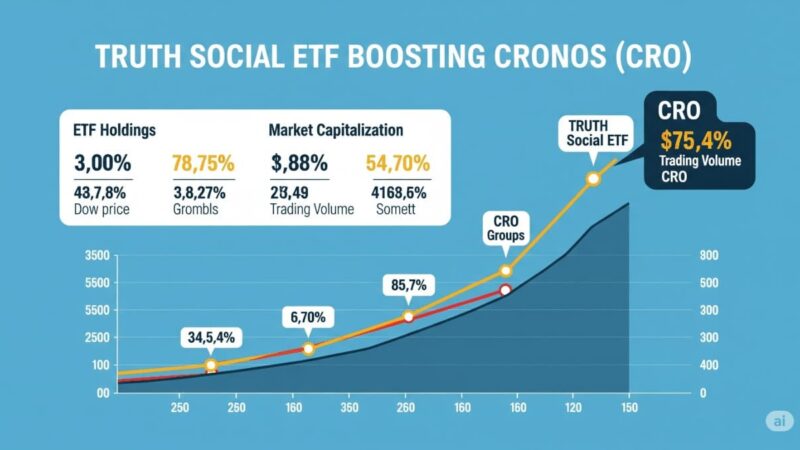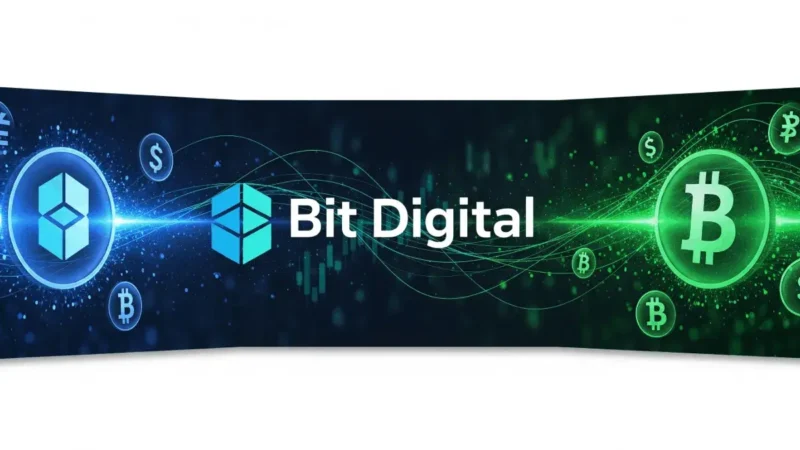Types of tokens – the ever-changing crypto sector

A lot has happened in the field of so-called crypto tokens since the introduction of bitcoin . The popular Initial Coin Offerings ( ICO ) no longer only include pure cryptocurrencies such as BTC, Ethereum or Ripple. A number of new varieties have emerged over time. Our analysis of the various types of tokens is about precisely these different variants. This gives interested readers a reliable and transparent impression of the range that the token sector currently covers.
Investors need to know what they are getting themselves into
Knowing about the different species is important in several ways. On the one hand, future investors naturally have different preferences when it comes to the aspects of willingness to take risks and expected returns. Not every token fan wants to invest in high-risk products. There are also legal framework conditions that have to be taken into account. Even if there are only a few countries with clear rules and regulations for Initial Coin Offerings (ICO). However, you should keep an eye on legal points. ICOs can be planned in different ways – this is ultimately not only relevant for potential issuers of their own tokens. It is also undoubtedly important for investors to know which token is characterized by which opportunities and technological properties. Not to mention the risks
Potential providers must take legal frameworks into account
Issuers – i.e. the issuers of a token – have to deal in particular with the legal framework of the different versions. No wonder that a wealth of specialist literature on the subject of ICOs and blockchain technology has emerged over the years. This is about the “typology” behind the various tokens. Experts have so far categorized ICOs into a few types, although not all insiders agree on the exact number of categories. This is also due to the fact that new products are constantly being created as a result of the further developments in the technologies between Bitcoin and Ripple.
Model 1: Digital or cryptocurrency from Ark to Zcash
Investors who are interested in more or less quick return opportunities like to fall back on this “classic”. Bitcoin, Ethereum’s ether or Ripple’s token XRP are three of the best-known examples of a virtual currency or token. The token units are stored in a digital wallet. These tokens are characterized by their independence from traditional central bank banking systems; the latter define the equivalent of the “real” currencies in the case of fiat money . Ultimately, digital money is evaluated within the respective community of system participants. In addition to developers and buyers/sellers, trading places and exchanges that offer virtual currencies for sale are also involved.
Proper cryptocurrencies as a means of payment have no relationship to legal currencies.
Nevertheless, the tokens are often traded against them (e.g. the US dollar or the euro ). Differences in cryptocurrencies as a token area are presented, among other things, in terms of acceptance. Bitcoin, for example, can increasingly be used for payments in online shops, while other tokens are still more commonly used for niche payments. Privacy coins such as Monero, for example, have the reputation of being particularly popular with DarkNet users . The tokens are united by the fact that there is no so-called “intrinsic value”, since this would be set by a state or currency guardian such as the FED or ECB. Supply and demand on the market are decisive.
As a token, cryptocurrencies are generally characterized by the following advantages over established systems:
- faster execution of transactions (also worldwide)
- lower fees than many traditional payment options
- even larger transactions within a very short time
- no limits on transactions
The disadvantage, of course, is that the vast majority of tokens of this type have so far lacked greater acceptance in the “real” world. Government regulation could change the situation for the better. However, users appreciate the (more or less actual) anonymity provided by the systems.
Model 2: Special case stablecoins
Tokens of this type are now also available in the banking sector, with the US bank JP Morgan Stanley being represented on the market with such an offer. Stablecoins are models that are issued linked to one or more “real” assets. The JPM Coin is tied to the US dollar exchange rate. According to the current status, Facebook’s Libra is to be introduced linked to a currency basket. This link to fiat money or gold is intended to ensure more price stability. Rumors are increasingly circulating on specialist portals that states such as the USA, China or the EU community are working on the development of their own digital currencies. The “digital dollar” would be as a stablecoin Closely linked to the current dollar exchange rate, according to the current state of knowledge, China’s project would be the digital yuan with a corresponding link to the exchange rate of the traditional national currency, the yuan.
Model 3: Security Token/Equity Token
Here it becomes clear that there can sometimes be fluent transitions between different token variants. security tokensare basically a possible variant of a digital security, which is why the name suffix “security” for “security” was created on the market. Above all, but not only US authorities are currently dealing with the question of the correct classification of these tokens as securities in the digital world. Such tokens are increasingly emerging on the global crypto market. As I said, the offers in this division sometimes show clear parallels to securities such as shares or bonds. Similarities to equity are also recognizable in individual cases. In return for your investment, buyers and thus holders of such tokens are entitled to certain services. Participation in profits after the successful ICO and market launch of the company is one possibility.
A right to have a say in important decisions by the token-issuing companies is also conceivable; basically, there are a number of forms of participation in equity tokens that are possible. A type of credit can also be granted by issuing the security token. Authorities now provide for high entry hurdles for offers in this token class. As with shares, many countries provide for the so-called “prospectus requirement”. Providers are forced to present risks in particular precisely. In many countries, the same legal requirements already apply in terms of investor protection as for conventional shares. The associated bureaucracy not only extends the phase from the first plan to market maturity, the costs also increase – for example in comparison to utility tokens – usually considerably.
Worth knowing:
The US Securities and Exchange Commission uses the “Howey Test” for applications. With its help, it should be determined whether the publisher’s financial and work successes have an influence on the investment value of the token. However, this practice is not without controversy.
Model 4: Utility Tokens
As the name suggests, this area is about a specific purpose or functionality. The English term “utility” indicates this. To date, these tokens are particularly popular in the blockchain world and are the most commonly used. Providers are therefore pursuing a plan in a targeted manner and do not just have the issue of a new digital currency in mind. Output within a separate blockchain is just as conceivable as use on other types of virtual platforms. Online retailers and providers of products/services are a possible group of providers. Owners of the utility tokens could then exchange the “coins” for proven services. For some time now, one example has been football clubs, which use utility tokens to make special offers to fans or enable them to vote. There is therefore a clear incentive for the purchase decision.
Model 5: so-called “Membership Tokens”
Access token is another common name for this type. The club tokens mentioned above can be such a product depending on the exact technical orientation and opening for the target groups. The point is that holders of the digital coins enjoy certain privileges. The token is only used if the associated preferential services are claimed. Clubs, fitness studios, companies and many other interested parties can use such tokens, for example, to strengthen customer loyalty. There are other variants in which publishers grant their investors special price conditions or pre-emption rights for later transactions and investments.
Model 6: Asset-backed token offerings
With these tokens there is an explicit connection to a specific asset, i.e. an asset. This can be an asset as well as another “asset” stored elsewhere. A link with a legal claim to a certain amount of gold, real estate (shares) or other raw materials is conceivable. Companies that build wind turbines or building cooperatives are two possible providers of such tokens. Here it can also be the case that token holders are rewarded on a small scale for their financial injection. Investors may secure a small share in a wind turbine or a newly constructed building complex.
Our conclusion on the different types of tokens
The previous explanation is the best proof that tokens can be a kind of “hybrid” depending on the definition. Often the individual perspective decides which category you would assign which offer.



